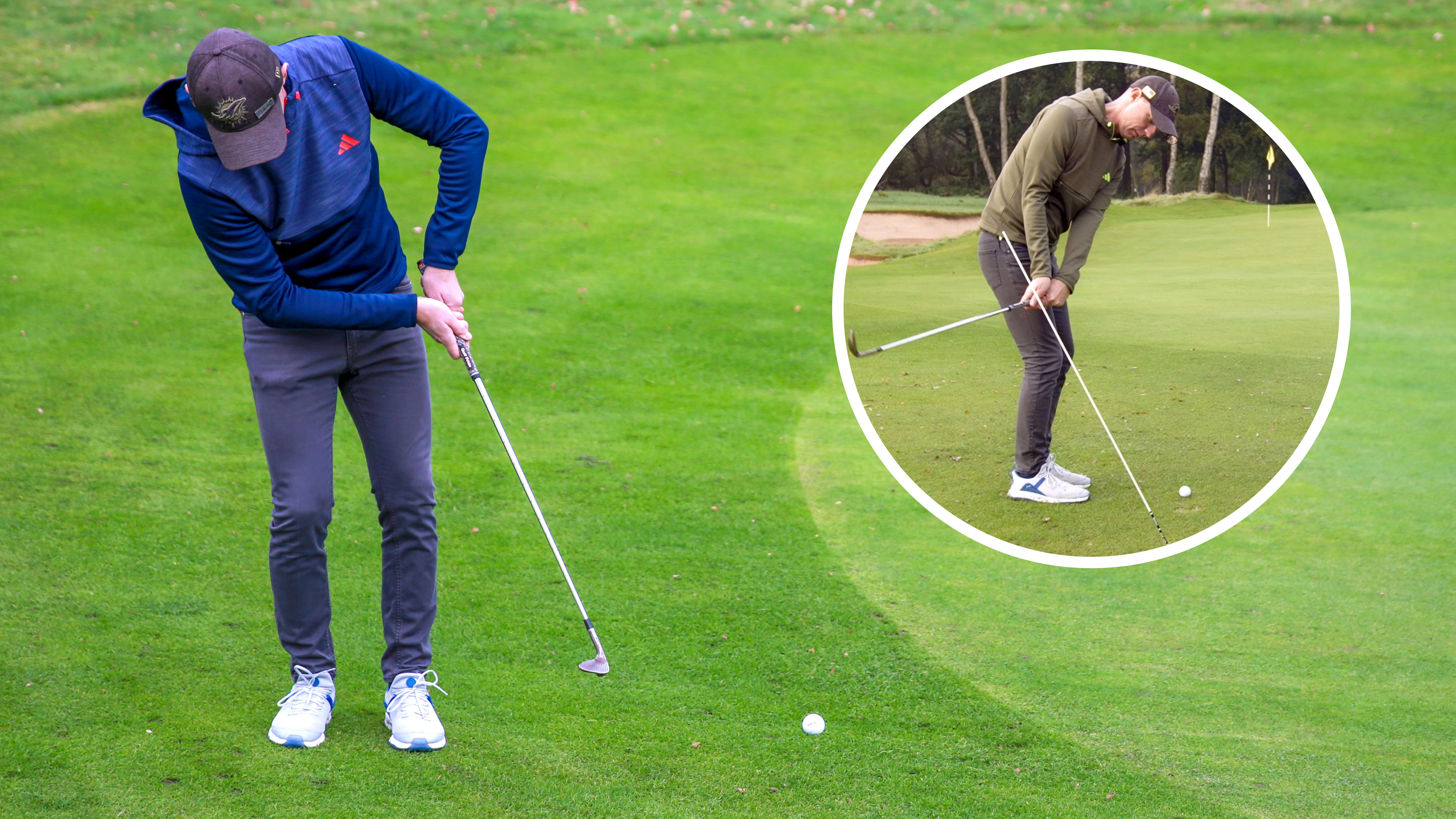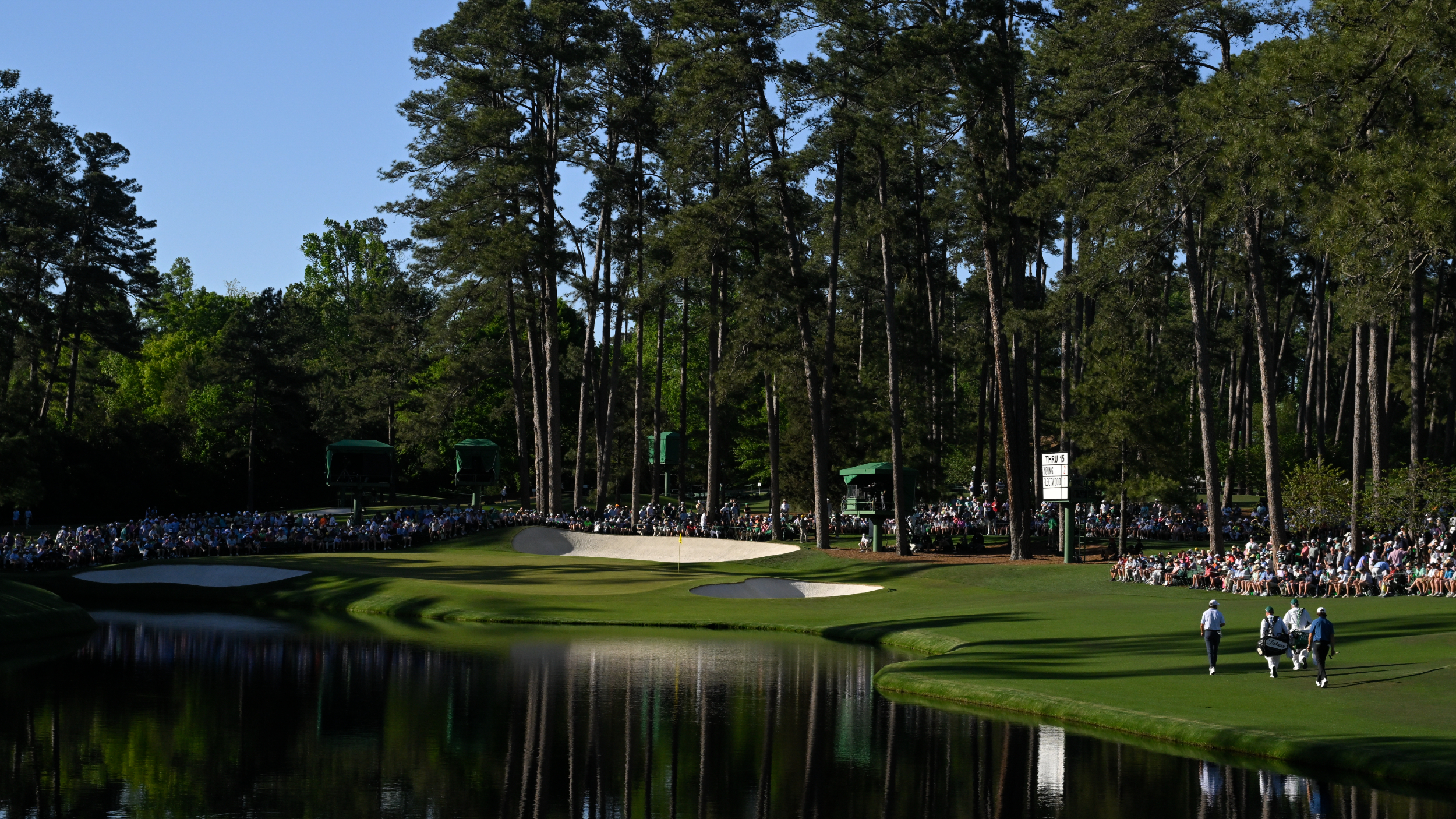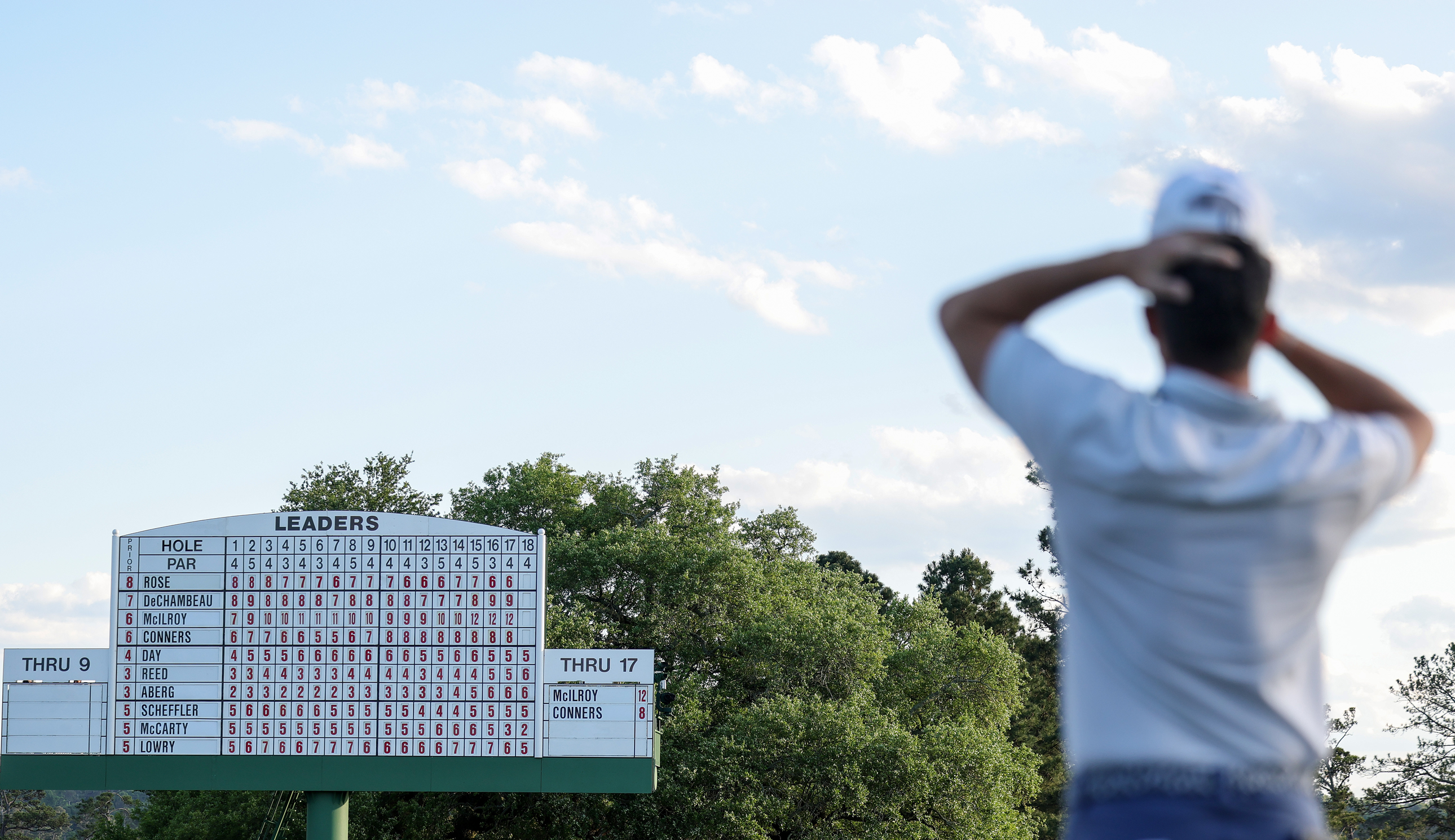6 Most Common Chipping Mistakes Fixed!
Top 50 Coach Ged Walters explains the 6 most common chipping faults among amateur golfers and suggests simple ways to overcome them


Joel Tadman
Lacking confidence when chipping can be particularly demoralising, not to mention damaging to the scorecard. The knock-on effect places extra pressure on the long game and putting, which then leads to an even more anxious state that is by no means conducive to hitting good golf shots. But while there can be some mental demons at the play, for the majority of golfers bad chipping stems from poor technique and by making some subtle changes, you should start to see your results improve pretty quickly.
WATCH: Ged Walters runs through the six most common chipping mistakes
Here, Top 50 coach Ged Walters runs through the six most common chipping mistakes he sees when coaching golfers of every ability, and suggests some easy ways to rectify them. They’re not all technical either - much of it comes down to strategic and pre-shot factors, like reading the lie and choosing the right club for the job at hand. By following his advice, you should be able to transform yourself from a nervy chipper into an accomplished short game wizard.
1. Poor set up
Many of the problems golfers experience when chipping stems from a poor address position. The most common fault I see is people setting up to the ball like they’re about to hit their 7-iron 150 yards when in reality they're only trying to advance the ball 25 feet. This set-up position leads to a lot of deceleration and generally poor strike and distance control. To play a standard chip shot, stand much closer to the ball with the handle high and your feet only slightly wider than the width of your clubhead. Position the ball in the middle of the stance and place slightly more pressure on the lead foot, to encourage a slight descending blow.
2. Loss of arm structure
When it comes to the chipping action, one of the main faults is a loss of arm structure through impact. Golfers often feel like they need to help the ball in the air, which leads to the elbows breaking down. The knock-on effect is the club typically rises up and the only way to make contact with the ball is to compensate, either by leaning back or bending the knees. The less moving parts the better, so if this is something you struggle with, practice with a small ball wedged in between your forearms. This will encourage a movement where the arms extend more through impact and the body controls the motion better, helping to achieve better strikes.
Get the Golf Monthly Newsletter
Subscribe to the Golf Monthly newsletter to stay up to date with all the latest tour news, equipment news, reviews, head-to-heads and buyer’s guides from our team of experienced experts.
3. Limited use of the body
Many poor chippers over-rely on their arms when attempting to hit the ball. Look at the best players in the world and you’ll notice that it is the torso that controls the movement through rotation and the arms come along for the ride. When the bigger muscles control the action, less can go wrong and this should also help with distance control as well as strike. So allow your chest to turn back and through, collecting the ball along the way.
4. Club works inside too early
A common fault with the way bad chippers swing the club is dragging the club too far to the inside too early in the back swing. If the swing direction is too much to the right or in-to-out when chipping or even hitting full shots, this will increase the chance of the club bottoming out too early, leading the either fat or thin shots. Instead, feel that the clubhead works back outside the hands. It will still travel inside, as it does on the way through, but having a more neutral swing path should help achieve better strikes and also achieve more backspin as a side benefit.
5. Clubhead following the ball
It’s a common misconception that the both the ball and clubhead travel towards the target after impact. In fact, the clubhead exits to the left (for a right-handed player) and up as the body rotates through the shot. The clubhead is actually only moving towards the target for a very shot space of time as it travels on its arc so have this in mind when you’re chipping if you feel like your intention is to steer the ball towards the flag.
6. Wrong club selection
One way nervy chippers make the situation harder for themselves is by selecting the wrong club - specifically reaching for their most lofted wedge. In a majority of situations where there are no major obstacles between you and the hole, choosing a less lofted club and getting the ball running like a putt is easier to control thanks to the shorter swing. So if the situation permits, switch your lob wedge for an 8- or 7-iron. An added benefit of a chip-and-run shot is that you get to see the slope of the green, so aim to be slightly past the hole if anything so you can see exactly how your return putt will break.

Location: True Fit Golf Centre
Using different styles, teaching aids, technology and games to measure improvements, Ged is keen to make the learning process educational and fun. He's worked with a number of top local, national and international instructors, including Adrian Fryer and Jeff Ritter, one of the most prominent golf instructors in America. He's based at True Fit Golf Centre in Warrington, where he can be found coaching golfers of all abilities. He's also working hard on his own game with the aim of playing on the senior Tour (when the time comes).
Students learn best when...
They leave their baggage at the door; this way they will garner a clearer understanding of their issues and how they can
improve.
Advice for practice:
Don't go rogue! You will never improve if you don't practice how your coach has told you to.
Most common problem:
Too many golfers judge if they have done what you ask by the outcome, yet that will not always be what they want to see when making changes. Focus on the process and the outcome will take care of itself.
- Joel TadmanDeputy Editor
-
 Why The 16th Pin Has Been Moved From Its Traditional Spot For The Masters Final Round
Why The 16th Pin Has Been Moved From Its Traditional Spot For The Masters Final RoundThe 16th pin at Augusta National is in an different position that normal for the final round of The Masters, but why is that?
By Mike Hall Published
-
 Seve Ballesteros And Brooks Koepka Among The Big Names That Rory McIlroy Would Join As A Five-Time Major Winner With A Masters Victory
Seve Ballesteros And Brooks Koepka Among The Big Names That Rory McIlroy Would Join As A Five-Time Major Winner With A Masters VictoryRory McIlroy leads The Masters going in to the final round and, if he were to win, he would join an illustrious list of five-time Major winners
By Matt Cradock Published